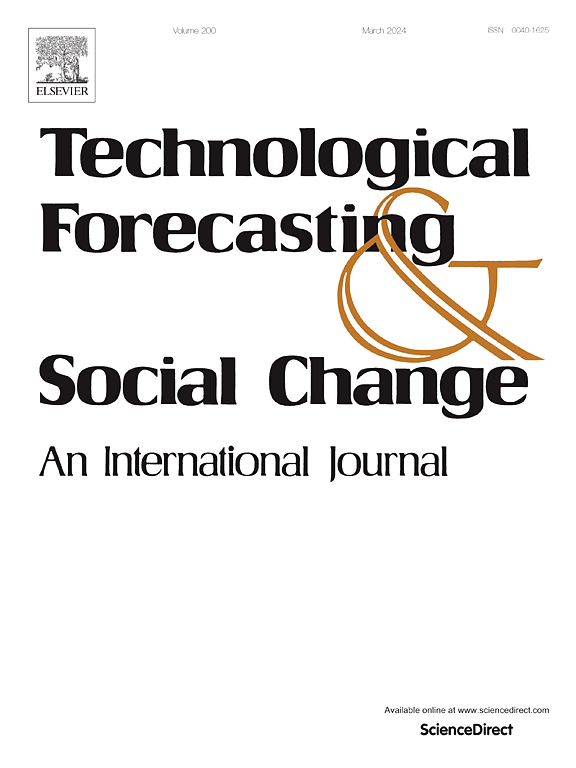基于生成式地形图生成专利地图的数据驱动专利策略建立方法
IF 13.3
1区 管理学
Q1 BUSINESS
Technological Forecasting and Social Change
Pub Date : 2025-08-16
DOI:10.1016/j.techfore.2025.124325
引用次数: 0
摘要
随着企业之间通过专利竞争的加剧,对这些专利的战略性利用和可视化的需求日益增长。然而,专利战略的制定往往依赖于专家的主观见解,这存在很大的局限性。因此,本研究旨在开发一种分析方法,以识别技术和商业的竞争格局,可视化专利战略,并帮助制定未来的专利战略,重点关注技术特征信息。最初,该方法包括从专利数据中提取主体-动作-对象(SAO)结构,然后使用生成式地形映射(GTM)对专利地图进行可视化。然后将K-means聚类应用于进一步细分的子技术领域。随后,从公司的角度对GTM地图上的技术节点进行表征。这一过程有助于得出既反映技术竞争又反映战略意图的专利战略模式。未来的专利策略是通过使用基于gtm的分类(GTC)模型的真空节点和其他战略定量指标对公司占用率的预测进行评分来建立的。这种方法特别强调了技术进步和企业竞争力之间的交集。一项针对自动驾驶汽车行业的实证研究验证了该方法在利用专利战略获得技术领先地位方面的有效性。本研究的重要贡献在于提出了丰富了专利详细技术信息的专利地图,以及专利战略的量化和可视化,为未来的专利战略制定指明了方向。本文章由计算机程序翻译,如有差异,请以英文原文为准。
A data-driven approach to establishing a patent strategy by generating a patent map based on generative topographic mapping
As competition among companies intensifies through patents, the need for the strategic utilization and visualization of these patents is growing. However, establishing a patent strategy often relies on subjective insights from experts, which presents a significant limitation. Accordingly, this study aims to develop an analytical methodology that identifies the competitive landscape in technology and business, visualizes patent strategies, and helps in formulating future patent strategies with a focus on technical feature information. Initially, the methodology involves extracting the subject–action–object (SAO) structure from patent data, followed by the visualization of a patent map using generative topographic mapping (GTM). K-means clustering is then applied to further segment sub-technical areas. Subsequently, technology nodes on the GTM map are characterized from the perspective of companies. This process helps in deriving patent strategy patterns that reflect both technological competition and strategic intentions. Future patent strategies are established by scoring these patterns based on predictions of company occupancy using GTM-based classification (GTC) model-based vacuum nodes and other strategic quantitative indicators. This methodology particularly highlights the intersections between technological advancement and corporate competitiveness. An empirical study focusing on the autonomous vehicle industry validates the effectiveness of this methodology in providing insights about leveraging patent strategies for technological leadership. The significant contribution of this study lies in its proposition of a patent map enriched with detailed technical information from patents and the quantification and visualization of patent strategies, guiding the direction for future patent strategizing.
求助全文
通过发布文献求助,成功后即可免费获取论文全文。
去求助
来源期刊
CiteScore
21.30
自引率
10.80%
发文量
813
期刊介绍:
Technological Forecasting and Social Change is a prominent platform for individuals engaged in the methodology and application of technological forecasting and future studies as planning tools, exploring the interconnectedness of social, environmental, and technological factors.
In addition to serving as a key forum for these discussions, we offer numerous benefits for authors, including complimentary PDFs, a generous copyright policy, exclusive discounts on Elsevier publications, and more.

 求助内容:
求助内容: 应助结果提醒方式:
应助结果提醒方式:


